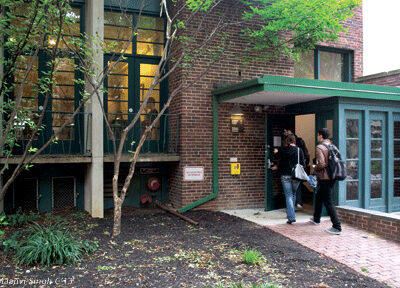Thirty years ago, having two graduate student governments made sense. The Graduate and Professional Student Assembly (GAPSA) was an umbrella organization for all graduate and professional students, while the Graduate Student Associations Council (GSAC) represented Ph.D. and research-master’s candidates within the School of Arts and Sciences (SAS).
But graduate programs at Penn have grown faster than the governmental system could keep up. It used to be that all doctoral students were contained within SAS, but now they can be found in nine of the University’s 12 schools. Consequently, some Ph.D. candidates were paying a portion of their general fees to support a student council that didn’t represent them. Accessing that money for student-group activities and so forth was difficult, says former GSAC president Cassondra Giombetti CGS’00 Gr’08, and no one could really figure out what purpose the dual-representation model was serving.
So in May 2006, Giombetti and Lee Shaker Gr’07, then chair of GAPSA, led an effort to replace two student governments with one. “On the books it looks like GSAC merged into GAPSA,” says Giombetti, pointing out that the name will remain the same, “but what we really did was take it all apart and rebuild it. So it really is a new organization.
“Now all students’ general fees go directly to their school and the central student government,” Giombetti added. “So there should be more money to support activity at the school level, and then we just tightened up and made it a little more efficient at the central level.”
The new GAPSA will serve as a voice for Penn’s approximately 11,500 graduate and professional students, interacting with University officials, sponsoring social and cultural events, and funding student organizations.
—T.P.




